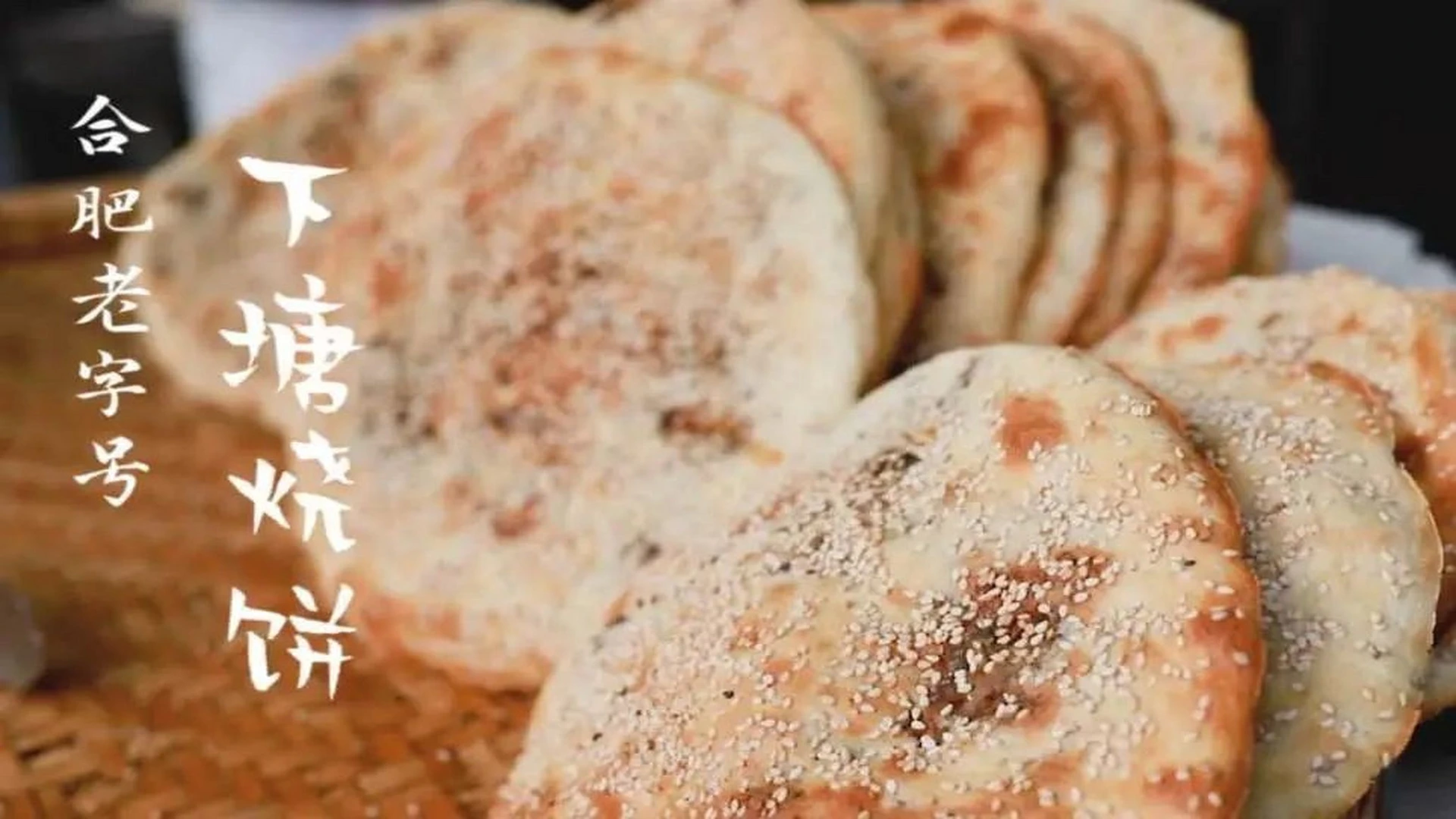The Timeless Taste of Hefei’s Tangcheng Shaobing: A Culinary Journey Through History
Introduction:
As a culinary professional with a passion for regional delicacies, I am thrilled to delve into the rich history and flavors of Tangcheng Shaobing, a traditional snack from Hefei, Anhui Province. This humble yet iconic food item has a storied past, dating back to the tumultuous times of the Three Kingdoms period, and it has since become a beloved staple in the hearts and stomachs of locals and food enthusiasts alike.
Origin and Cultural Background:
Tangcheng Shaobing’s origins are steeped in the lore of ancient China, with its creation attributed to the military campaigns of the warlord Cao Cao during the Three Kingdoms era. This period, marked by power struggles and epic battles, saw the need for a portable and durable food source for soldiers on the march. Thus, the Shaobing was born, a testament to the ingenuity and resourcefulness of the people of that era.
Ingredients and Preparation:
The making of Tangcheng Shaobing is a labor of love, requiring a careful selection of ingredients to achieve the perfect balance of texture and taste. The dough is crafted from a blend of wheat flour, water, and a touch of yeast, which is then left to rise, allowing the yeast to create a soft and airy base. The filling is a symphony of flavors, often consisting of a mixture of minced pork, green onions, and a secret blend of spices that have been passed down through generations.
The dough is then rolled out and filled, sealed, and flattened to form a round, flatbread. The finishing touch is a generous brushing of a special seasoning mixture, which includes sesame seeds and a hint of sugar, giving the Shaobing its signature golden-brown crust.
Texture and Appearance:
The allure of Tangcheng Shaobing lies in its contrasting textures. Upon first bite, one is greeted with a crispy exterior that crackles with each chew, a testament to the skillful baking that ensures an even distribution of heat. This gives way to a soft, fluffy interior that melts in the mouth, providing a comforting contrast to the initial crunch.
The Shaobing is often circular with a diameter of about 10 to 12 centimeters, and its surface is adorned with a pattern of fine cracks, a result of the baking process. These cracks not only add to the visual appeal but also contribute to the unique texture of the bread.
Representative Dishes and Cuisines:
While Tangcheng Shaobing can be enjoyed on its own, it is also a versatile component in various dishes. It can be served as a side to savory stews or soups, adding a layer of texture and flavor. Additionally, it can be used as a base for sandwiches, filled with a variety of ingredients such as braised meats, pickled vegetables, or even sweet bean paste for a sweet and savory treat.
Culinary Characteristics:
The distinct characteristics of Tangcheng Shaobing are its historical significance, its dual textures, and its adaptability in various culinary applications. It represents not only the culinary heritage of Hefei but also the resilience and resourcefulness of the Chinese people. The Shaobing’s ability to evolve from a military ration to a beloved snack is a testament to its enduring appeal.
Conclusion:
In conclusion, Tangcheng Shaobing is more than just a snack; it is a piece of living history that has been passed down through generations. Its unique combination of crispiness and softness, along with its rich cultural background, makes it a must-try for anyone seeking to experience the authentic flavors of Anhui Province. As a food professional, I encourage you to savor this timeless treat and appreciate the culinary legacy it represents.
